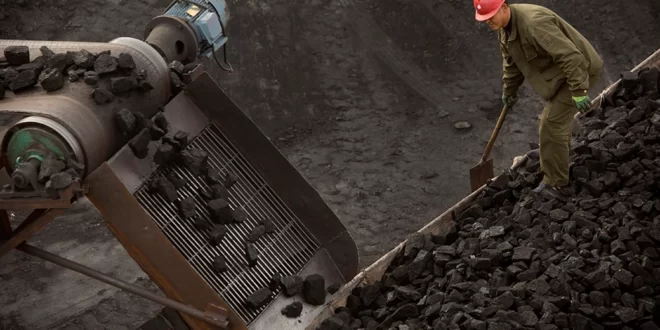China’s growing energy needs on the back of a post-COVID economic recovery has put the spotlight on coal, but whether it will come from higher imports or a more aggressive domestic production remains debatable.
While some analysts believe that rising domestic output will be sufficient to cater to the coal requirements this year, others think that an increase in imports is inevitable.
“Rising domestic production will ensure China has a low dependence on imports,” S&P Global Ratings said in a March 7 report.
On the other hand, the inability of renewable energy capacities to cater to the rising demand of an economic recovery will potentially increase China’s coal imports in 2023, analysts at ANZ Research said March 10.
“We expect coal imports this year to threaten the record high of 327 million mt achieved in 2013,” ANZ Research said.
Import-output trends
China imported 293.20 million mt coal in 2022, down 9.21% from 2021, amid increased domestic output as it was looking to lower its dependence on coal imports and meet most of its requirements through domestic production. The reduction in imports coincided with rising global thermal coal prices triggered by the changing trade dynamics after the Russia-Ukraine war.
Domestic coal output in China in 2022 was 4.49 billion mt, higher than the annual production of 4.07 billion mt in 2021, according to the National Bureau of Statistics. In the final quarter of 2022, the country produced an average above 12 million mt of coal per day, higher than the average 11.15 million mt daily output recorded in 2021.
China’s participation in the seaborne spot coal market has been tepid so far in 2023, sources told S&P Global Commodity Insights.
The ANZ report pointed out that “with domestic coal output under pressure, imports of high calorific coal, like that from Australia, are likely to benefit.” China has resumed trading coal with Australia since mid-January, drawing an end to an unofficial ban imposed in 2020.
However, analysts at S&P Global Ratings stated “we don’t expect a big increase in China’s use of Australian thermal coal this year” as power companies in China mainly rely on domestic coal supplied under long-term contracts, which is cheaper than seaborne coal.
Policy measures
The record-high numbers in 2022 came as the energy crisis and rising prices during the past two years led to China rapidly increasing domestic production and adding capacity in full force.
Chinese buyers have been relying on domestic coal while domestic mines have reported ramping up production volumes in 2023.
China approved 106 GW of new coal power projects in 2022, quadruple of the number of new permits approved in the previous year and equivalent of two large coal power plants per week. With new permits reaching the highest level since 2015, coal power capacity starting construction in China was six times as large as that in the rest of the world combined, S&P Global reported Feb. 27. On the other hand, plant retirements slowed down, with 4.1 GW of coal-fired capacity closed in 2022, compared with 5.2 GW in 2021.
China’s National Development and Reform Commission, or NDRC, has increased the medium- to long-term thermal coal contract signing volume guidance to 2.9 billion mt in 2023, from 2.6 billion mt in 2022, the S&P Global Ratings report said.
Domestic coal producers in China need to commit at least 75% of thermal coal resources to medium- and long-term contracts for local power plants.
The NDRC set the 2023 base price at Yuan 675/mt (around $98/mt) for annual 5,500 kcal/kg thermal coal contracts, which is lower than the current landed price of Australian and Russian coal.
Competitive domestic prices
S&P Global Commodity Insights data showed that the Platts-assessed price of low-ash Australian 5,500 kcal/kg NAR coal averaged $179.1/mt FOB in 2022, up 109.6% year on year.
Global thermal coal prices surged with the Russia-Ukraine conflict disrupting trade flows and weather-related problems affecting output amid rebounding demand. FOB Russia Pacific 6,300 kcal/kg GAR coal averaged $169.3/mt FOB in 2022, up 35.4% year on year.
With easing demand, global thermal coal prices have started to fall from the elevated levels. The Australian grade was assessed at $121/mt FOB March 24 while Russian Pacific 6,300 kcal/kg GAR, which is assessed once a week, was last priced at $128/mt FOB March 24.
Domestic thermal coal for 5,500 kcal/kg NAR in China is heard being offered around Yuan 1,000/mt in the spot market.
It remains to be seen whether Russia’s effort to retain market share in China and Australia’s attempt to win it back will lower Asian prices in 2023.

 Iran Energy News Oil, Gas, Petrochemical and Energy Field Specialized Channel
Iran Energy News Oil, Gas, Petrochemical and Energy Field Specialized Channel



